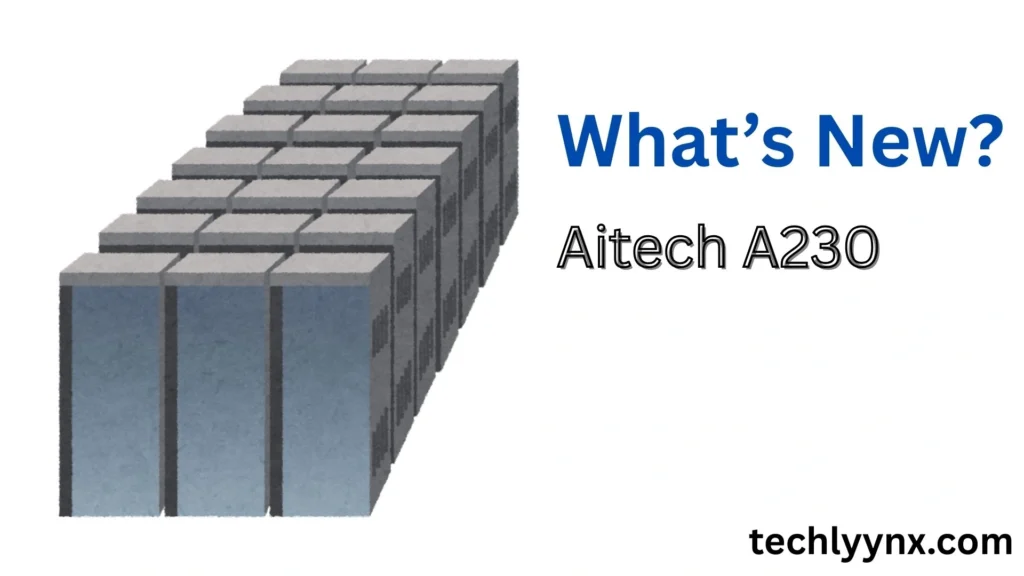The demand for computing systems that are quick, dependable, and resilient enough to withstand harsh conditions has increased due to the global drive toward artificial intelligence in mission-critical settings. Aitech’s most recent response to that need is the Aitecha230, a tough AI supercomputer made especially for space and military use.
This machine is capable of handling the most extreme situations on Earth and beyond because it combines state-of-the-art AI acceleration, exceptional energy efficiency, and unmatched hardware robustness. With these advancements, it stands ready to meet the demands of next-generation missions. In the sections ahead, we’ll examine what’s new, why it matters, and how it will shape the future of high-stakes computing.
Understanding the Aitech A230 Supercomputer
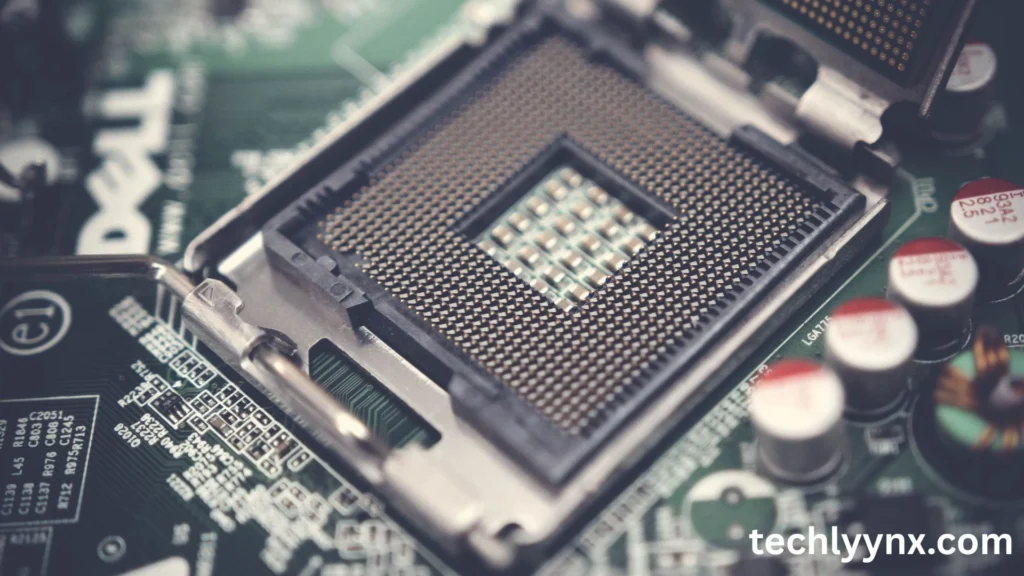
The Aitech a230 is a member of the company’s enduring range of rugged computing systems. They are designed to withstand conditions that are simply too harsh for typical business PCs.
In contrast to standard supercomputers found in research labs, the AITech a230 is small, light, and designed to be installed in satellites, spacecraft, cars, airplanes, and ships. Because it can analyze data locally rather than always depending on cloud or ground-based computation, it offers high AI performance at the edge.
This is crucial for missions that need to make decisions in real time, such as current military operations or space missions. They are millions of kilometers from Earth and cannot be immediately controlled by humans due to communication delays.
Important things to know about the AITech a230
Sturdy design for tolerance to shock, vibration, and harsh temperatures.
AI-enhanced processing for activities such as data analysis, autonomous navigation, and picture recognition.
Low SWaP (Size, Weight, and Power) makes it simple to include into systems that are mobile or space-based.
Key Features of the Aitech A230
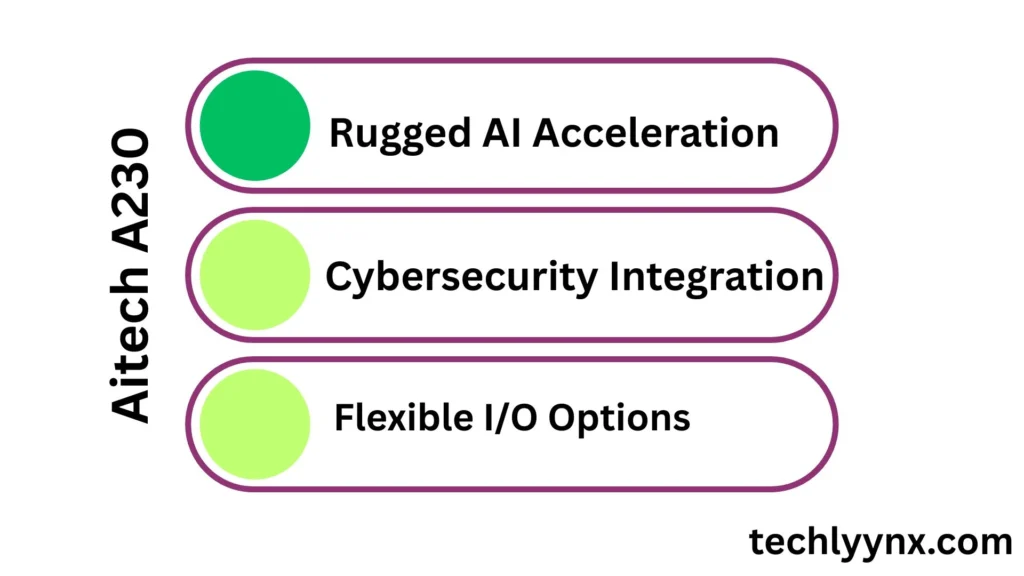
Aitech has built a reputation for producing reliable rugged computers, but the aitech a230 takes things to the next level. Here’s what’s new:
Rugged AI Acceleration
The system uses advanced GPU technology to accelerate AI workloads such as object detection, predictive analytics, and environmental mapping. This means faster insights without sacrificing energy efficiency.
Extreme Environment Resilience
The aitech a230 can function in temperatures ranging from freezing cold to scorching heat, and can handle vibrations.
Flexible I/O Options
Its multiple high-speed data ports allow for easy integration with sensors, cameras, radar systems, and other mission equipment.
Energy Efficiency
The aitech a230 delivers high computational power while consuming minimal energy — vital for missions where power is limited, like on satellites or remote military installations.
Cybersecurity Integration
Built-in security features protect against cyberattacks, ensuring data integrity and mission safety.
Military Applications of the Supercomputer
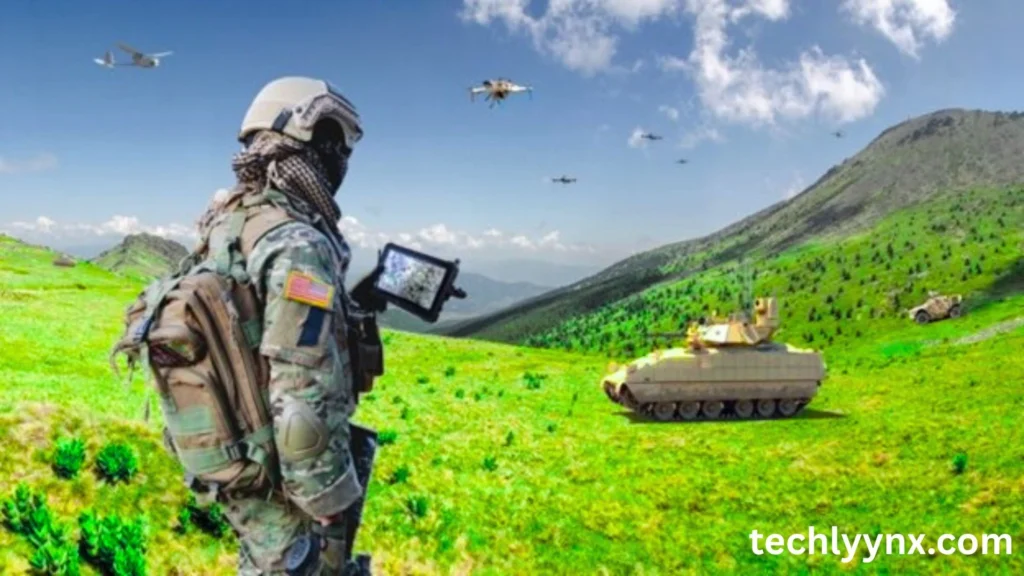
AITech’s A230 is made for settings where every second matters. This entails assisting military activities that call for AI-driven judgments that are secure, dependable, and instantaneous.
Among the main applications are:
- Drones and vehicles that can process data and decide on navigation without constant operator input are known as autonomous.
- Real-time target recognition is the ability to quickly identify possible dangers or tactical openings.
- Giving commanders access to real-time, evaluated combat data is known as mission command support.
- Cybersecurity defense systems are used to identify and eliminate online threats while operations are underway.
The AITech a230’s robust architecture allows it to function even in environments with high vibration, dust, and humidity—all of which are typical in battle zones.
Space Applications OF Aitech A230
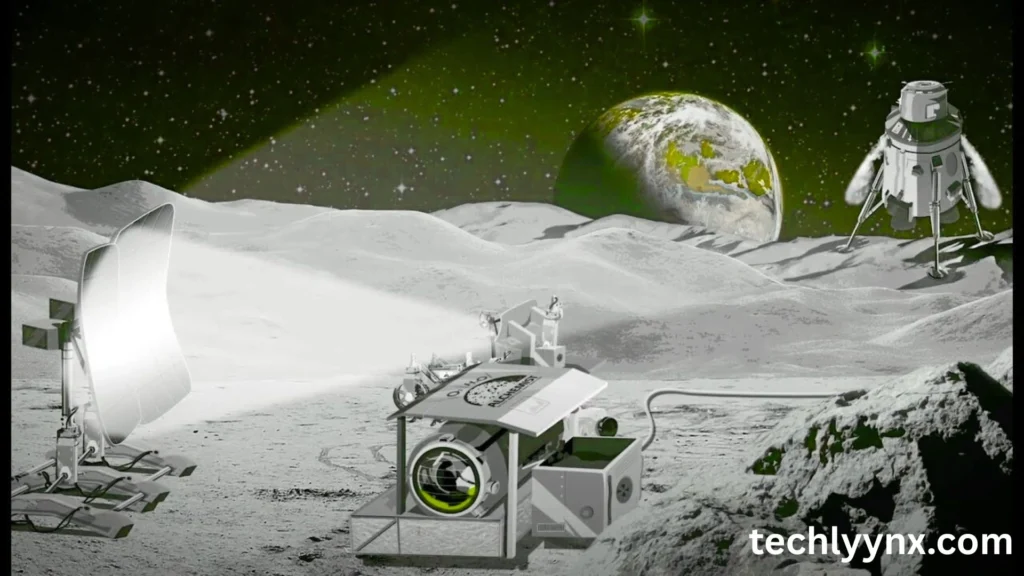
In space, there is no room for error — and that’s where the aitech a230 shines. Space missions often require autonomous systems because communication with Earth can have long delays, especially for deep space missions.
Possible space uses:
- Satellite Data Processing – processing massive Earth observation datasets directly onboard before sending them back to ground stations.
- Spacecraft Navigation – adjusting flight paths autonomously to avoid hazards or optimize fuel usage.
- Anomaly Detection – spotting potential equipment failures before they cause mission-ending problems.
- Planetary Exploration – enabling rovers or probes to make on-the-spot decisions about exploration paths or scientific data collection.
Radiation-resistant components and thermal management systems help the aitech a230 function reliably in the high-radiation, vacuum environment of space.
Why the aitech a230 Stands Out
The Aitech a230 distinguishes itself from competing rugged computing systems for three primary reasons:
Durability: Designed to withstand a wide range of harsh environments. From deep space radiation to battlefield shockwaves, it is not only resistant to one kind of hazard.
AI Performance: As artificial intelligence becomes more and more important in space and military missions, the A230 is prepared for the future since it is tuned for AI workloads.
Compact Efficiency: Due to its low SWaP profile, it can be deployed in scenarios with extremely constrained power and space.
To put it briefly, the AITech a230 is a unique combination of intelligence, efficiency, and resilience found in high-end computer systems.
The Future of Rugged AI Supercomputing

Looking forward, the aitech a230 is a sign of where military and space computing is headed. As AI becomes a central part of mission-critical operations, we’ll see more systems designed to bring real-time intelligence to the edge.
We can expect:
- Smaller yet more powerful designs for mobile and space applications.
- Greater integration with autonomous systems, from unmanned aircraft to interplanetary probes.
- Advances in AI algorithms tailored for rugged hardware.
- Enhanced cybersecurity measures for AI at the tactical edge.
The aitech a230 is part of this larger trend, acting as a bridge between traditional supercomputing power and practical deployment in extreme conditions.
Conclusion
The Aitech A230 Supercomputer represents a significant advancement in rugged AI computing technology rather than merely a minor improvement. The a230 is designed to provide reliable, fast AI performance in settings where failure is not an option, whether it is installed in a battle vehicle, orbiting satellite, or planetary exploration rover.
This is redefining mission-critical computing by fusing AI-optimized architecture, low power consumption, and exceptional endurance. Systems such as the AITech A230 will be the foundation of decision-making in locations where human presence is restricted or impossible as the military and space sectors move farther toward autonomous operations.
In the world of advanced defense and space exploration, the future belongs to machines that can think fast and survive anywhere — and the aitech a230 is a prime example of that future.

